Why a strategy for cycling mobility?
To make Portugal a territory where bicycles are increasingly prevalent by 2030, we need to focus on several key aspects.
Bicycle usage
According to the 2021 Census data from the National Institute of Statistics, over half of the employed population (72,6%) uses cars for commuting. Walking to work is becoming less common, chosen by only 12,7% of Portuguese citizens. Public transportation follows a similar trend, with train, bus, metro, or boat usage decreasing from 15,6% to 12,2% over a decade. Bicycles account for only 0,6% of commuting modes.
Why a national strategy?
According to the National Strategy for Active Cycling Mobility, «Portugal should become a country where daily travel using active modes is a safe, accessible, and attractive experience for all individuals, which can only be attained through an integrated, cross-cutting, plural and people-centered approach.»
Key objectives of the Strategy include:
- Clear context and framing, demonstrating political commitment to active transportation development;
- Facilitating nationwide adoption of new legislative measures;
- Coordinating policies, goals, targets, and actions vertically (local/regional/national) and horizontally (across transportation, health, education, environment and economic sectors);
- Strengthening competencies at various levels, promoting knowledge exchange and best practices;
- Ensuring adequate funding and budget allocation;
- Promoting new bicycle-related tourism offerings throughout the year and across the entire country;
- Combating sedentary lifestyle by ensuring universal, autonomous, and safe access to the environment.
Strategy Dimensions
The National Strategy for Active Cycling Mobility is organized around six strategic dimensions:
- Framework and Legislation
- Research and Development
- Intervention axis 1: Infrastructures and Intermodality
- Intervention axis 2: Training and Support
- Intervention axis 3: Culture and Behavior
- Monitoring and Assessment



